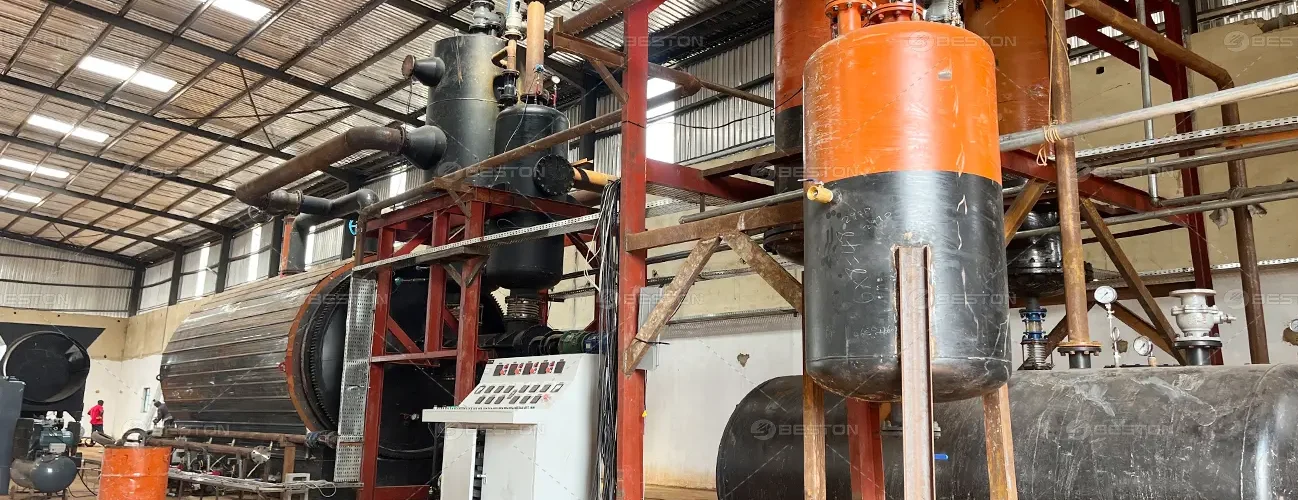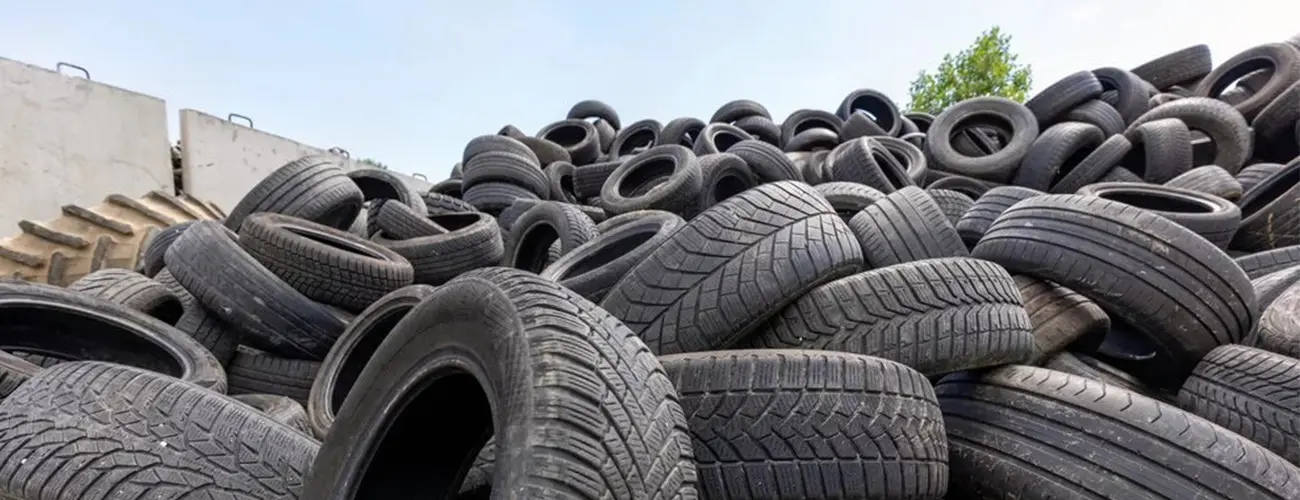
1. Challenges Faced
The client is a Nigerian company specializing in waste recycling and faced growing pressure to manage the increasing volume of end-of-life tires. These non-biodegradable materials not only created environmental and storage issues, but also represented a missed economic opportunity. The core challenge was to transform this waste into valuable resources and generate additional revenue through a reliable and scalable pyrolysis solution.

2. Goal for Change
The client’s primary objective was to establish a solid foundation in pyrolysis technology. Following is the client’s plan:
- Phase 1: Start with the waste tire pyrolysis project.
- Phase 2: Gain operational experience and build a skilled team.
- Phase 3: Verify the ROI and explore the potential to process additional feedstocks such as waste plastic and oil sludge.
This phased approach aimed to diversify input materials and maximize profitability over time.


3. Action and Solution
After understanding the customer’s needs, Beston Group responded quickly and assigned an experienced technical team to develop a project plan. The customer finally selected 1 set of BLJ-16 tyre pyrolysis plant with the following core configurations:
- System configuration: Manifold + catalytic tower dual-system setup, which enhances feedstock flexibility and improves overall processing efficiency.
- Feeding method: Hydraulic feeder for safe and efficient loading of waste tires
- Compliance: Equipped with basic emission control units to align with Nigeria’s local environmental standards

4. Results Achieved
The tyre pyrolysis plant project has successfully completed installation and commissioning and is now operating steadily. It continues to generate returns for the client. Key results include:
- Processing capacity: 10–12 tons of waste tires per batch, with an annual processing volume of up to 4,000 tons.
- Products: Carbon black and pyrolysis oil (oil yield about 40%)
- Expansion plan: The client is currently gaining operational experience to support the future integration of plastic and oil sludge pyrolysis.


